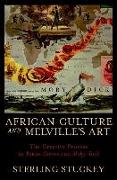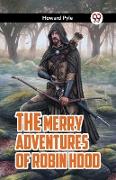African Culture and Melville's Art
BücherAngebote / Angebote:
Here is that rare work that in research and interpretation is original almost from beginning to end. For the first time we discover that slave music and dance are used by Melville in Moby-Dick in the creation of some of his most tragic and avant-garde art. Just as previously unknown African practices, found in travel accounts, reveal a powerful symbolic link between Benito Cereno and Moby-Dick, Frederick Douglass's formulation of
joy-sorrow in slave life and music leads to the discovery of a blues aesthetic in Moby-Dick that is full of implications for American culture and the craft of writing. In the future, neither Benito Cereno nor Moby-Dick, should be read as before, for important passages in each spring from Melville's magnificent treatment of a source
common to each.
In still more ways, Melville in this volume in not the Melville we have known. Especially in Benito Cereno, the creation of principal characters, symbols, and scenes is drawn from sources hidden in obscurity for roughly a century and a half. Though African influences predominate, Latin American, European, and North American influences are also woven masterfully into the design of the novella. As emphases among them shift back and forth, Melville's art, stunning in its range and
subtlety, shimmers with previously undisclosed brilliance. Targeting how he conceived and executed his art, we find in this volume a degree of heretofore unprobed intertexuality in his own work and reveal the other volumes that informed his creative process.
Lieferbar in ca. 10-20 Arbeitstagen




